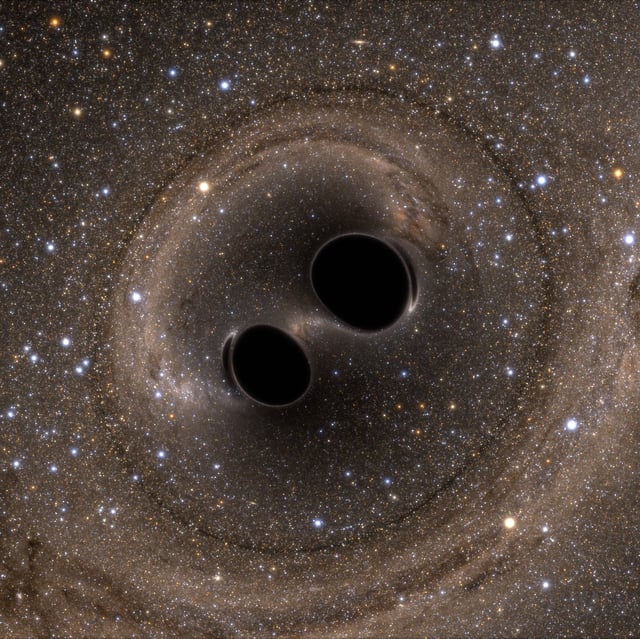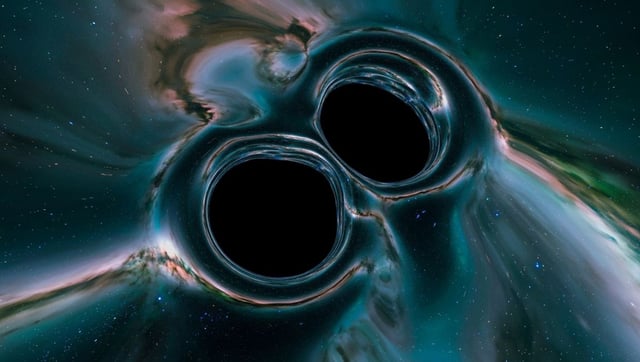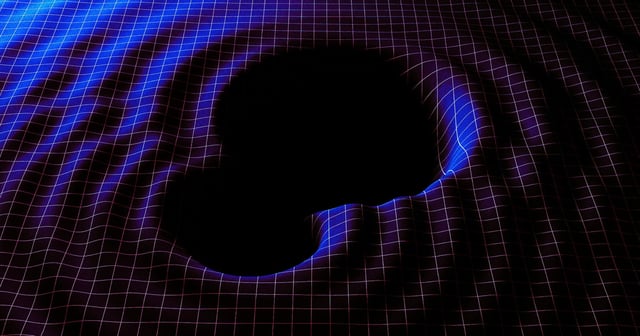Overview
- The LIGO-Virgo-KAGRA Collaboration announced at GR-Amaldi that the GW231123 merger of roughly 100 and 140 solar-mass black holes produced a 225-solar-mass remnant
- Both progenitor black holes spun near the theoretical relativistic limit, complicating signal modeling and interpretation
- Component masses fall within the predicted 60–130 solar-mass pair-instability gap, challenging standard stellar evolution models
- Researchers are investigating hierarchical merger pathways in which each massive black hole formed through earlier coalescences of smaller objects
- Calibrated GW231123 data will be made available this summer via the Gravitational Wave Open Science Center to enable independent analysis


